Like most other spheres of public life and entertainment, cinema too has been a stronghold of patriarchy since its initial days. There was a paucity of strong, exemplary women characters in Classic Hollywood. Films, being reflections of the social reality of the times they are made, failed to go beyond the treatment of women as ‘love interest of the hero’ and ‘eye candies’. Although one would argue that the likes of Katharine Hepburn, Ingrid Bergman, and Audrey Hepburn played some admirable roles, there is no denying the fact that most of them were idealized and unrelatable. Cinema failed to capture the imagination of the female youth who looked for emotional emancipation in them.
Things began to change rapidly during the late 1960s with the advent of the Feminist theory of film criticism and a band of new directors daring to break the norms. Women characters ceased to be ‘heroines’ and became more of flesh and blood, albeit in a restricted number of productions. They were intelligent but emotional; free-spirited yet caring; expressive but morally conflicted; independent yet fell in love time and again. No longer bound by idealism, the audience searched for themselves in the women they watched on celluloid.
Although, women found their rightful place in the film narrative, their role behind the camera is still terribly limited. A recent study by University of Southern California shows that only 4% of the films made in Hollywood in the past 11 years were directed by women. The condition is worse if we look for female editors, cinematographers and other members of the technical crew. This is in stark contrast to the apparent liberal entity, cinema as a medium claims to be.
The #MeToo campaign raised awareness about the exploitation and discrimination against women in the US film industry, the level of which was quite unprecedented till it became public. But, not too many questions were raised regarding the dismal representation of women in roles beyond acting. Even though the situation seems bleak, we try to find solace in some brilliant exceptions that inspire hope. This article looks at 6 female filmmakers from around the globe who are making a difference with their intellect, skill, and creativity in a male dominated world.
Sofia Coppola
 The legendary Francis Ford Coppola’s daughter changed trades when acting wasn’t taking her anywhere. And thankfully we got a quintessential feminine director who explored the female psyche on screen like never before, coupled with unique stylization. Starting with the 1999 drama The Virgin Suicides, Coppola has since then, directed seven feature films till now. Fashion, style, and design have been influential behind the aesthetics of her works. Lost in Translation (2003) is arguably her best known movie which was highly praised for its theme and aesthetics and won the Academy Award for Best Original Screenplay. Coppola became the first American woman to win the Golden Lion at Venice Film Festival for Somewhere (2010) and the second woman (also first American woman) to win the Best Director Award at Cannes Film Festival for The Beguiled (2017).
The legendary Francis Ford Coppola’s daughter changed trades when acting wasn’t taking her anywhere. And thankfully we got a quintessential feminine director who explored the female psyche on screen like never before, coupled with unique stylization. Starting with the 1999 drama The Virgin Suicides, Coppola has since then, directed seven feature films till now. Fashion, style, and design have been influential behind the aesthetics of her works. Lost in Translation (2003) is arguably her best known movie which was highly praised for its theme and aesthetics and won the Academy Award for Best Original Screenplay. Coppola became the first American woman to win the Golden Lion at Venice Film Festival for Somewhere (2010) and the second woman (also first American woman) to win the Best Director Award at Cannes Film Festival for The Beguiled (2017).
Jane Campion
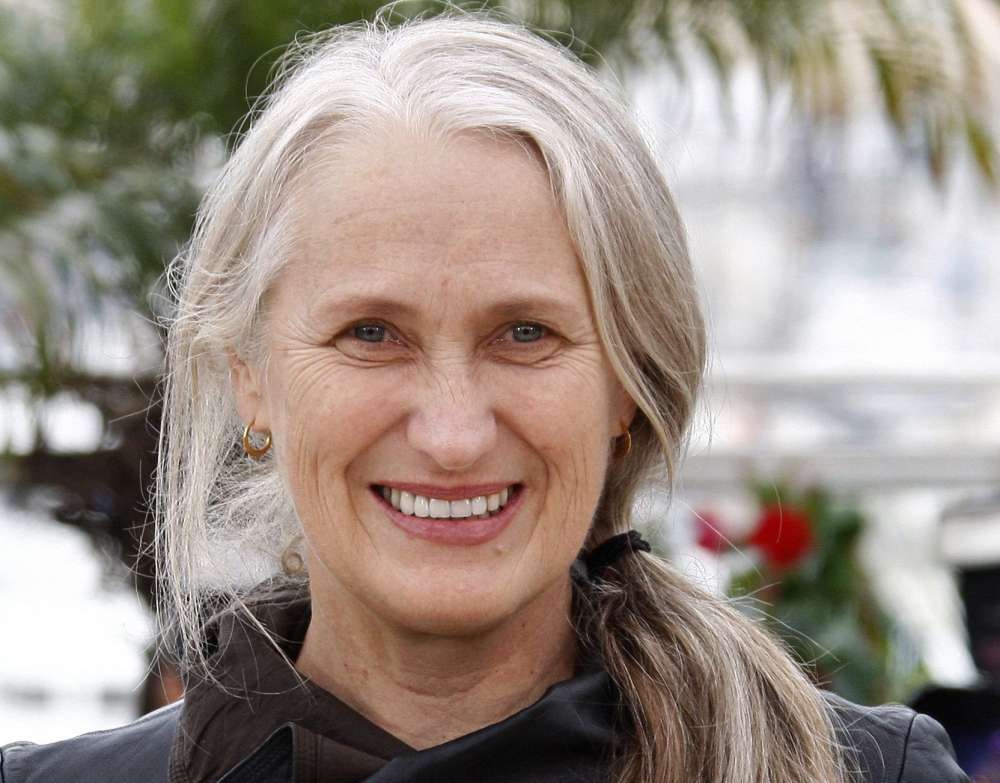 Starting out with a training in art and painting, the New Zealander went on to become a highly acclaimed director in the international circuit. Initially, Campion made short films like Peel (1982), which won Short Film Palme d’Or at Cannes, Passionless Moments (1983) and A Girl’s Own Story (1984). Her debut feature was Sweetie (1989). She is the only female filmmaker in history to be awarded the Palme d’Or at Cannes, which she won for The Piano (1993), along with an Academy Award for Best Original Screenplay. Her films, generally revolving around gender politics and sexuality, are commended for their realism, characterization and thematic depth. Other notable works by Campion include An Angel at My Table (1990), The Portrait of a Lady (1996), Holy Smoke! (1999) and Bright Star (2009).
Starting out with a training in art and painting, the New Zealander went on to become a highly acclaimed director in the international circuit. Initially, Campion made short films like Peel (1982), which won Short Film Palme d’Or at Cannes, Passionless Moments (1983) and A Girl’s Own Story (1984). Her debut feature was Sweetie (1989). She is the only female filmmaker in history to be awarded the Palme d’Or at Cannes, which she won for The Piano (1993), along with an Academy Award for Best Original Screenplay. Her films, generally revolving around gender politics and sexuality, are commended for their realism, characterization and thematic depth. Other notable works by Campion include An Angel at My Table (1990), The Portrait of a Lady (1996), Holy Smoke! (1999) and Bright Star (2009).
Lone Scherfig
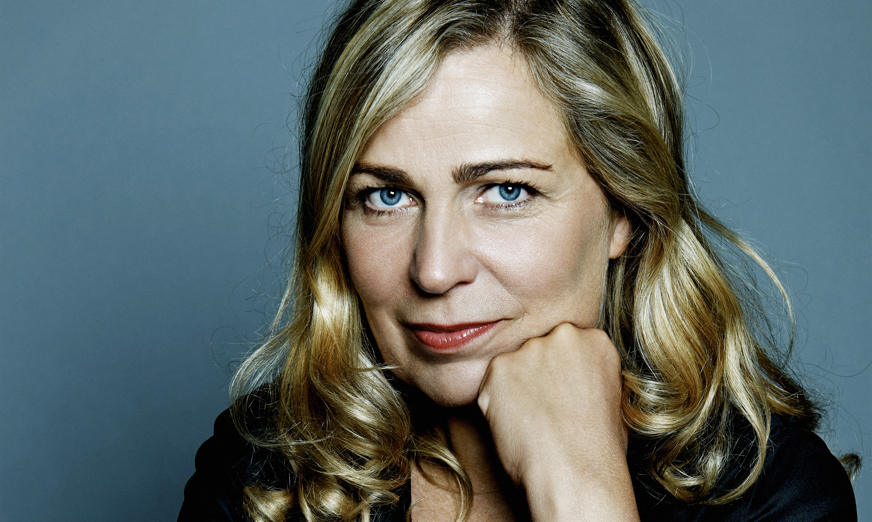 The Danish filmmaker burst into worldwide popularity with the feature Italian For Beginners (2000), which is credited as the most profitable Scandinavian movie till date and won a Silver Bear at the Berlin Film Festival. She was an active member of the Dogme 95 film movement which promoted realism and filmmaking based on traditional values of story, theme, and acting instead of excessive use of technology. Scherfig extended her initial success with Wilbur Wants to Kill Himself (2002) and Just Like Home (2007). In 2010, An Education earned her plaudits and was nominated for Oscar as well as BAFTA Awards, British Independent Film Awards and European Film Awards. The Riot Club (2014) and Their Finest (2016) are amongst her important recent works.
The Danish filmmaker burst into worldwide popularity with the feature Italian For Beginners (2000), which is credited as the most profitable Scandinavian movie till date and won a Silver Bear at the Berlin Film Festival. She was an active member of the Dogme 95 film movement which promoted realism and filmmaking based on traditional values of story, theme, and acting instead of excessive use of technology. Scherfig extended her initial success with Wilbur Wants to Kill Himself (2002) and Just Like Home (2007). In 2010, An Education earned her plaudits and was nominated for Oscar as well as BAFTA Awards, British Independent Film Awards and European Film Awards. The Riot Club (2014) and Their Finest (2016) are amongst her important recent works.
Mira Nair
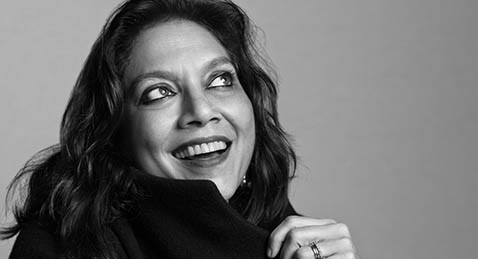 The Indian-born filmmaker is best known for catering tales about the Indian society and culture to an international audience. She debuted with the Hindi film Salaam Bombay! (1988), where she explored the lives of slum-dwelling children in India’s biggest metropolitan. The feature won numerous National and International film awards plus an Oscar nomination for Best Foreign Language Film. She moved West and repeated her success with Mississippi Masala (1991). Monsoon Wedding (2001) made her the first woman to receive the Golden Lion at Venice Film Festival. While she made a number of movies later, Nair struck gold with Vanity Fair (2004), The Namesake (2006) and The Reluctant Fundamentalist (2012).
The Indian-born filmmaker is best known for catering tales about the Indian society and culture to an international audience. She debuted with the Hindi film Salaam Bombay! (1988), where she explored the lives of slum-dwelling children in India’s biggest metropolitan. The feature won numerous National and International film awards plus an Oscar nomination for Best Foreign Language Film. She moved West and repeated her success with Mississippi Masala (1991). Monsoon Wedding (2001) made her the first woman to receive the Golden Lion at Venice Film Festival. While she made a number of movies later, Nair struck gold with Vanity Fair (2004), The Namesake (2006) and The Reluctant Fundamentalist (2012).
Take a look at the portrayal of a few more endearing, fascinating, and powerful portrayals of women on the silver screen. Read Here – The Femme Fatales of World Cinema
Claire Denis
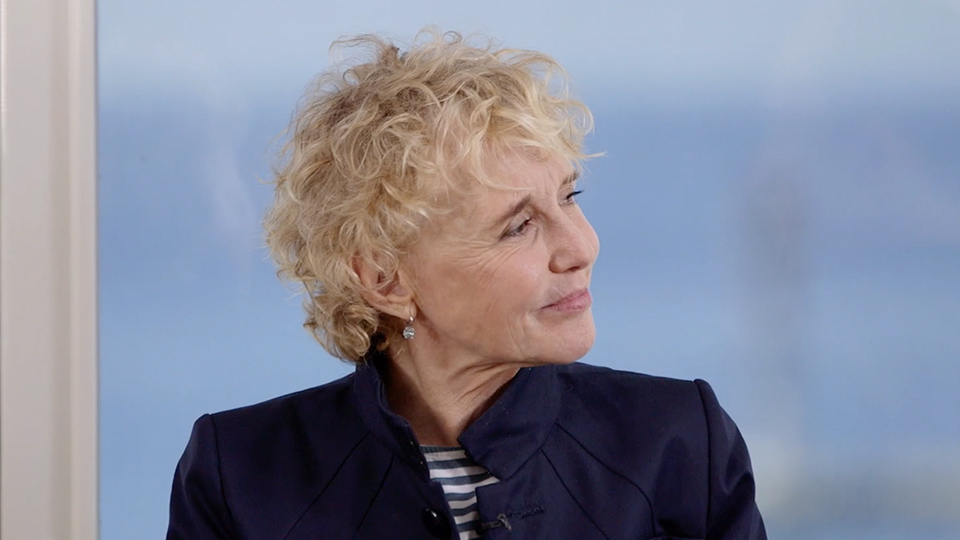 The early movies of this French director dealt majorly with colonial and post-colonial West Africa. Her first feature Chocolat (1988), on colonialism, was universally praised as a remarkable achievement. Her sensational Beau Travail (1999), based on a Herman Melville novel, is considered a modern European cinematic masterpiece. Denis focused her attention on contemporary France as well with Trouble Every Day (2001) and Vendredi soir (2002). She is credited as a brilliant film stylist who gracefully utilizes sounds, colours and compositions to present the broad thematic context of a film. Her major latest ventures are White Material (2009), Bastards (2013) and Let the Sunshine In (2017).
The early movies of this French director dealt majorly with colonial and post-colonial West Africa. Her first feature Chocolat (1988), on colonialism, was universally praised as a remarkable achievement. Her sensational Beau Travail (1999), based on a Herman Melville novel, is considered a modern European cinematic masterpiece. Denis focused her attention on contemporary France as well with Trouble Every Day (2001) and Vendredi soir (2002). She is credited as a brilliant film stylist who gracefully utilizes sounds, colours and compositions to present the broad thematic context of a film. Her major latest ventures are White Material (2009), Bastards (2013) and Let the Sunshine In (2017).
Kathryn Bigelow
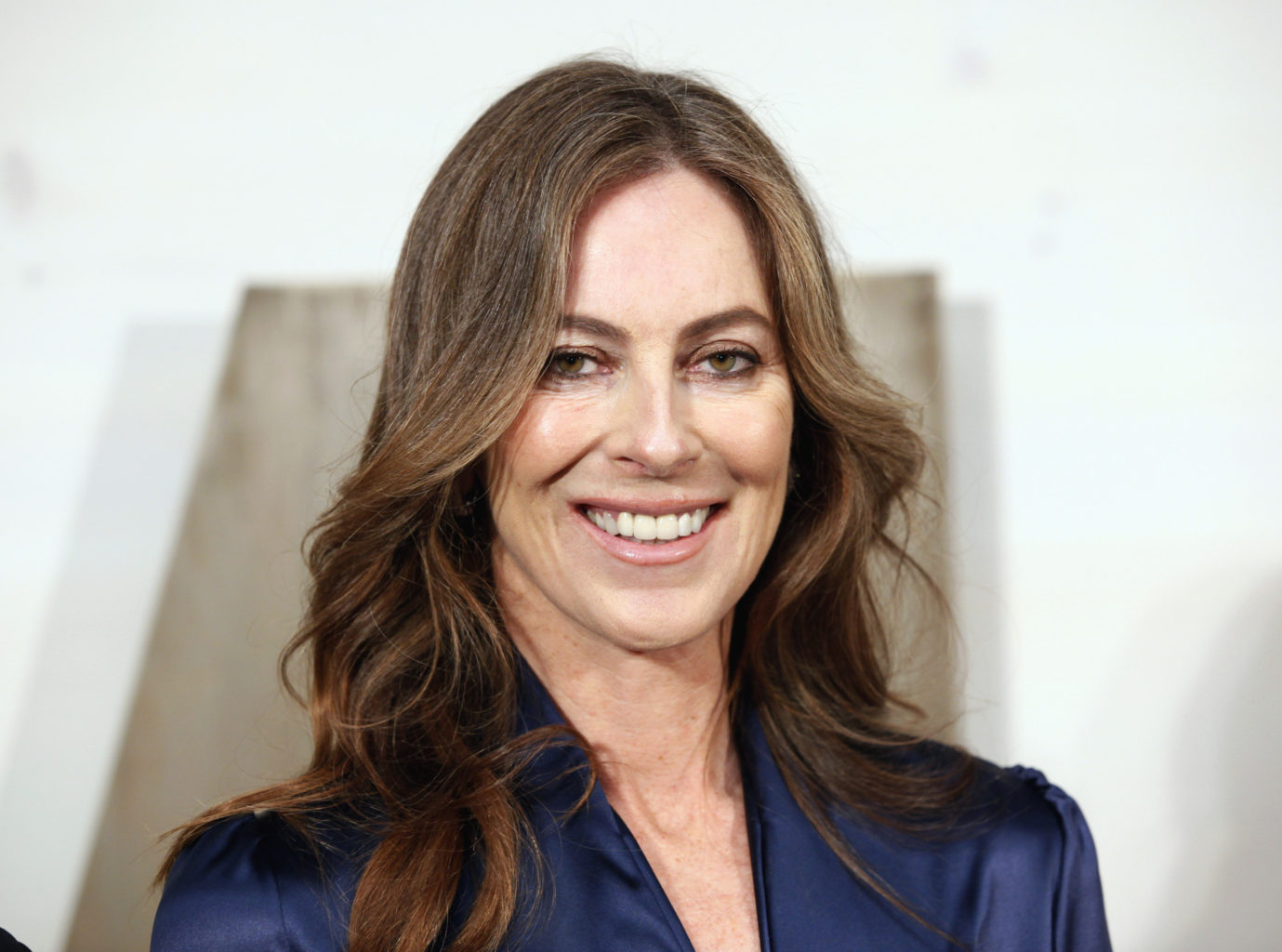 Possibly the most well-known face on the list, this American lady is an epitome of breaking barriers. She explored diverse genres like crime thrillers, horror, science fiction, and war movies which are traditionally considered too virile for women. Though she debuted in 1982 with Loveless, it was the trilogy of action movies — Blue Steel (1989), Point Break (1991) and Strange Days (1995) that cemented her place as a significant director in Hollywood. Bigelow’s films are known for their ideological complexity, philosophical overtones, breathtaking action sequences, and raw violence. Her distinctive film style coerced many film critics to regard her as an auteur of modern filmmaking in spite of being a mainstream personality. She received the Academy Award for Best Director for The Hurt Locker (2008) and is presently the only woman to achieve the feat. Her next film Zero Dark Thirty (2012) too enjoyed critical and commercial success. Bigelow has won a plethora of top-notch American and international awards throughout her career.
Possibly the most well-known face on the list, this American lady is an epitome of breaking barriers. She explored diverse genres like crime thrillers, horror, science fiction, and war movies which are traditionally considered too virile for women. Though she debuted in 1982 with Loveless, it was the trilogy of action movies — Blue Steel (1989), Point Break (1991) and Strange Days (1995) that cemented her place as a significant director in Hollywood. Bigelow’s films are known for their ideological complexity, philosophical overtones, breathtaking action sequences, and raw violence. Her distinctive film style coerced many film critics to regard her as an auteur of modern filmmaking in spite of being a mainstream personality. She received the Academy Award for Best Director for The Hurt Locker (2008) and is presently the only woman to achieve the feat. Her next film Zero Dark Thirty (2012) too enjoyed critical and commercial success. Bigelow has won a plethora of top-notch American and international awards throughout her career.
Apart from the incredible women listed above, the audience should also look out for Ava DuVernay (Middle of Nowhere, Selma), Lynne Ramsay (We Need to Talk About Kevin, You Were Never Really Here), Naomi Kawase, Greta Gerwig (recently debuted with Lady Bird), Aparna Sen (36 Chowringhee Lane, Mr. and Mrs. Iyer) and a host of other filmmakers creating ingenious cinema in different film industries around the world. Hopefully, the time is not far away when traditional gender roles in movie production will be shattered once and for all.

